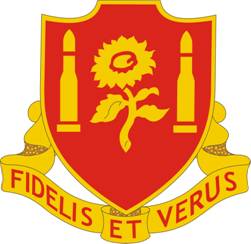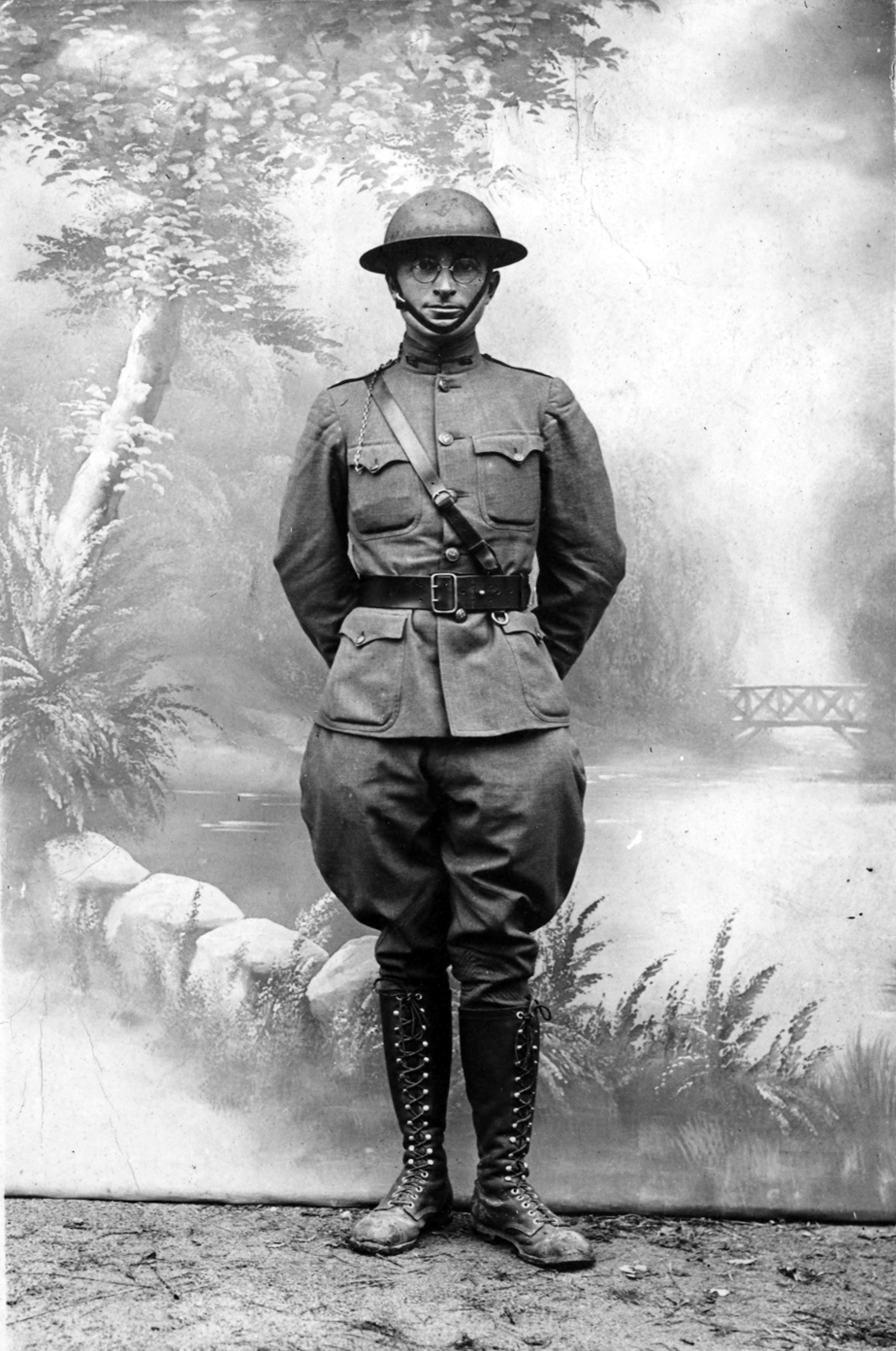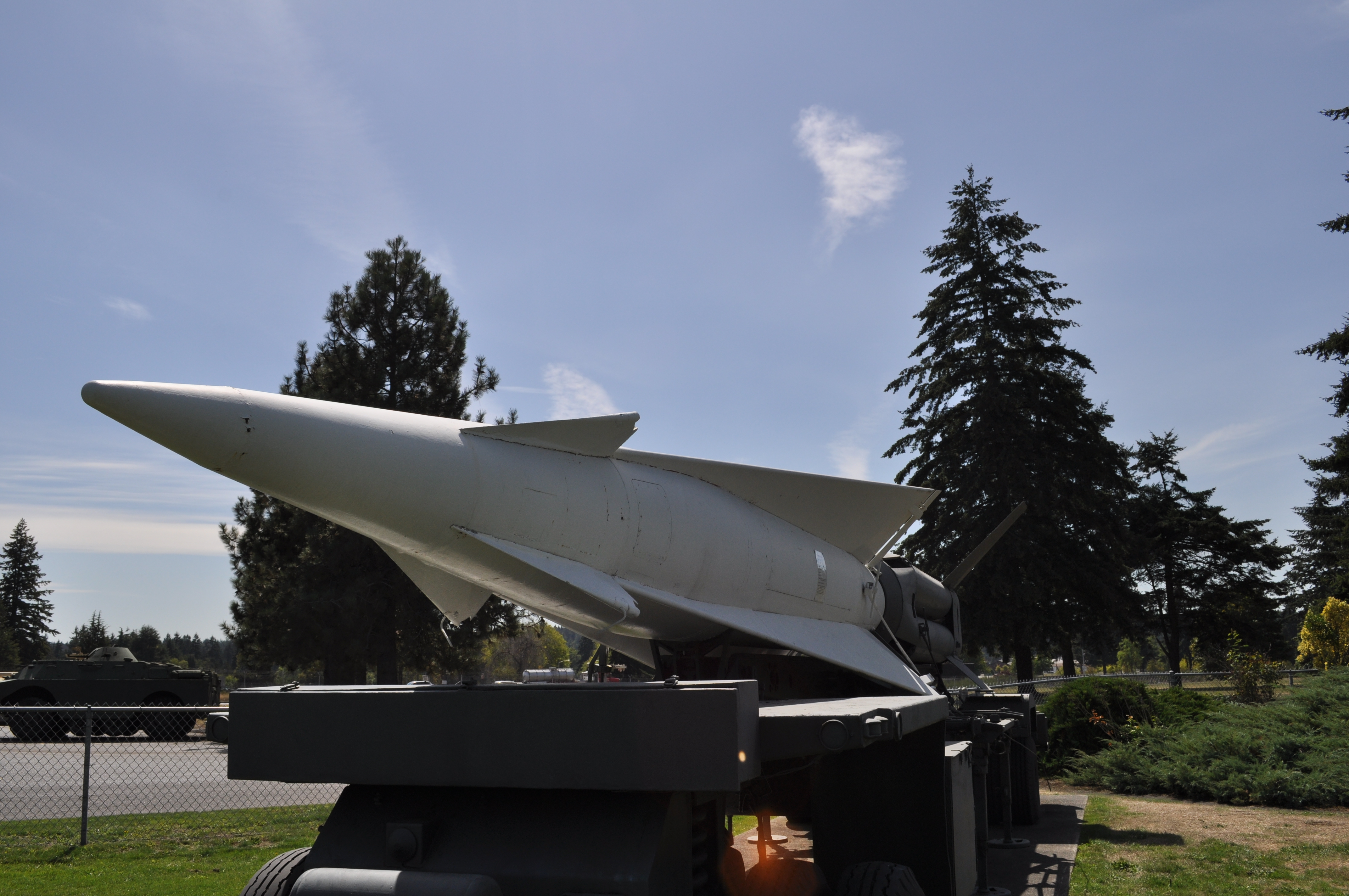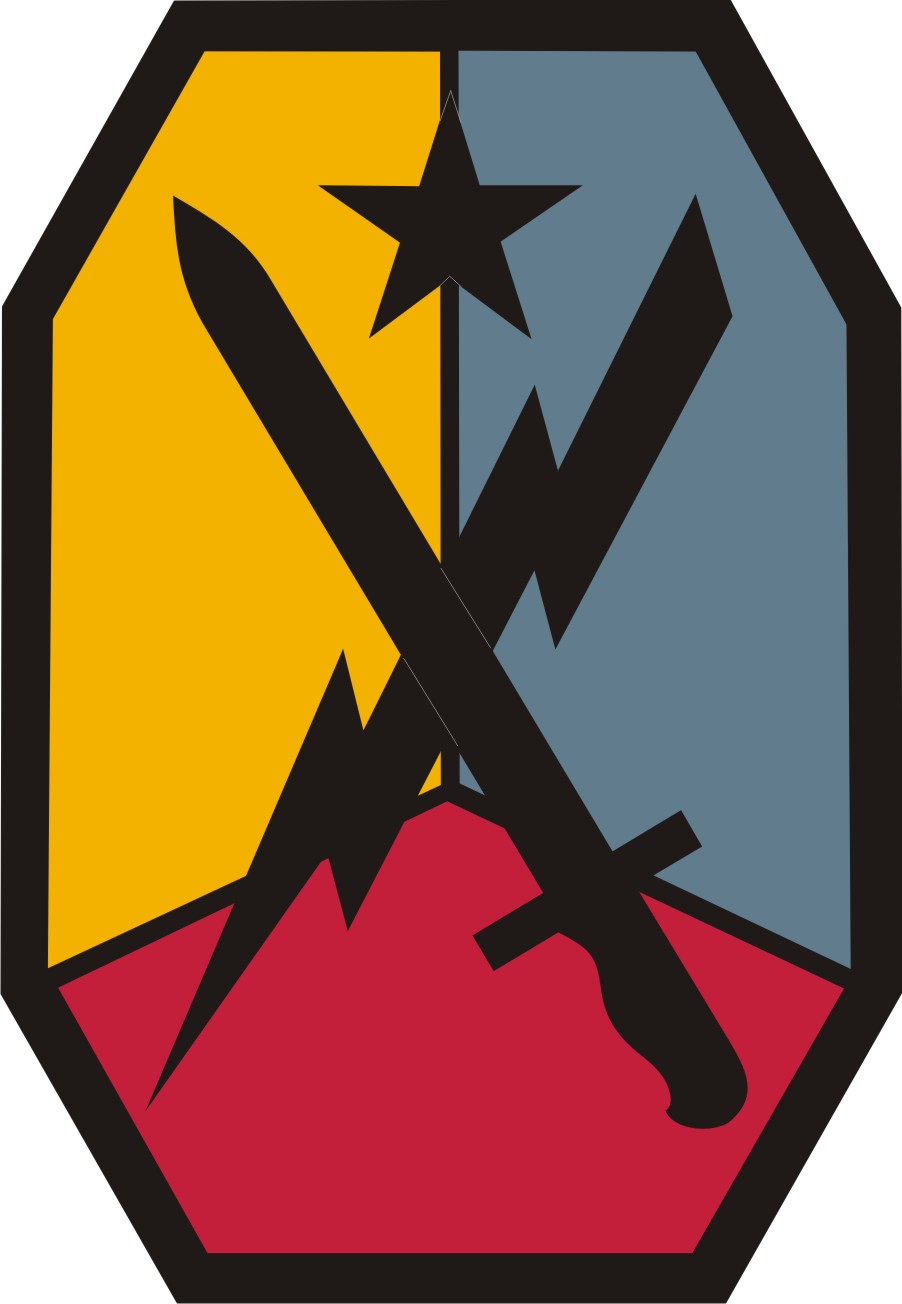|
29th Field Artillery Regiment
The 29th Field Artillery Regiment is a field artillery regiment of the United States Army, first constituted in 1918 in the National Army (USA). History The Regiment's Battery G was one of the last two combat units to serve in the Vietnam War. On 11 August 1972 it and the 3rd Battalion, 21st Infantry Regiment were stood down. Lineage Constituted 5 July 1918, the 28th Field Artillery, the 29th Field Artillery, and the 30th Field Artillery, became the principle artillery elements of the 10th Division. *The 29th Field Artillery was demobilized 4 February 1919 at Camp Funston, Kansas. *Reconstituted 24 March 1923 in the Regular Army as the 29th Field Artillery. *Assigned 1 August 1940 at Fort Benning, Georgia, (less 2nd Battalion) as part of the 4th Division. *(2nd Battalion activated at Fort Hoyle, Maryland) Inactivated 14 February 1946 at Camp Butner, North Carolina. *Reactivated 15 July 1947 at Fort Ord, California. *Inactivated 1 April 1957 at Fort Lewis, Washington, and reli ... [...More Info...] [...Related Items...] OR: [Wikipedia] [Google] [Baidu] |
Field Artillery
Field artillery is a category of mobile artillery used to support army, armies in the field. These weapons are specialized for mobility, tactical proficiency, short range, long range, and extremely long range target engagement. Until the early 20th century, field artillery were also known as foot artillery, for while the guns were pulled by Working animal, beasts of burden (often horses), the gun crews would usually march on foot, thus providing fire support mainly to the infantry. This was in contrast to horse artillery, whose emphasis on speed while supporting cavalry units necessitated lighter guns and crews riding on horseback. Whereas horse artillery has been superseded by self-propelled artillery, field artillery has survived to this day both in name and mission, albeit with motor vehicles towing the guns (this towed artillery arrangement is often called mobile artillery), carrying the crews and transporting the ammunition. Modern artillery has also advanced to rapidly ... [...More Info...] [...Related Items...] OR: [Wikipedia] [Google] [Baidu] |
Panama Canal Division
The Panama Canal Division was a unit of the United States Army, established in order to ensure the United States could adequately defend the Canal Zone in Panama. When it was authorized in 1920, similar divisions were organized to defend Hawaii and the Philippines. History The Panama Canal Division was organized in 1921, and was active until 1932.Wilson, John B. (1997). ''Maneuver and Firepower: The Evolution of Divisions and Separate Brigades.'' Washington, DC: Center of Military History.army.mil US Army Order of Battle 1919-1940 page 288 Its initial composition included the 19th Infantry Brigade commanding th ... [...More Info...] [...Related Items...] OR: [Wikipedia] [Google] [Baidu] |
Field Artillery Branch (United States)
The Field Artillery Branch is the field artillery branch of the United States Army. This branch, alongside the infantry and cavalry branches, was formerly considered to be one of the "classic" combat arms branches (defined as those branches of the army with the primary mission of engaging in armed combat with an enemy force), but is today included within the "Maneuver, Fires and Effects" (MFE) classification, in accordance with current U.S. Army organizational doctrine. Historical background The U.S. Army Field Artillery branch traces its origins to 17 November 1775 when the Continental Congress, unanimously elected Henry Knox "Colonel of the Regiment of Artillery". The regiment formally entered service on 1 January 1776. During the 19th century a total of seven Artillery regiments were formed which contained a mixture of "heavy" artillery companies and "light" artillery batteries. The light artillery batteries took the role of field artillery although they did not use that des ... [...More Info...] [...Related Items...] OR: [Wikipedia] [Google] [Baidu] |
3rd Battalion, 29th Field Artillery Regiment (United States)
The 3rd Battalion, 29th Field Artillery is a unit of the 3rd Brigade Combat Team (3rd BCT) of the 4th Infantry Division, United States Army. The battalion is currently garrisoned at Fort Carson, Colorado (Colorado Springs). Structure The battalion consists of three firing batteries of M109A6 Paladin 155 mm self-propelled howitzers. Each firing battery consists of six guns, six field artillery ammunition supply vehicles (FAASVs, also referred to as CATs), two fire direction control (FDC) vehicles, and various support vehicles. Firing batteries are staffed with approximately 100 Soldiers, sub-divided into three platoons (1st, 2nd, and Headquarters). The battalion also contains two non-firing batteries. The service battery consists of Palletized Loading System (PLS) resupply vehicles, fuelers, cooks, and logistics support services sections. The headquarters battery and headquarters element, collectively known as Headquarters and Headquarters Battery (HHB), consists of batta ... [...More Info...] [...Related Items...] OR: [Wikipedia] [Google] [Baidu] |
2nd Battalion, 29th Field Artillery Regiment (United States)
The 2nd Battalion, 29th Field Artillery Regiment (United States) is a unit of the 4th Armor Brigade Combat Team (4th ABCT) of the 1st Armored Division, United States Army. The battalion is currently garrisoned at Fort Bliss, Texas. Unit Structure The battalion consists of two firing batteries of M109A6 Paladin 155 mm Self-Propelled Howitzers. Each firing battery consists of eight guns, eight Field Artillery Ammunition Supply Vehicles ( FAASV), two Fire Direction Control (FDC) vehicles, and various support vehicles. Firing batteries are staffed with approximately 100 men, sub-divided into three platoons (1st, 2nd, and Headquarters). The battalion also contains two non-firing batteries. The forward support company (FSC) of Palletized Loading System (PLS) resupply vehicles, fuelers, cooks, and logistics support services sections. The headquarters battery and headquarters element, collectively known as Headquarters and Headquarters Battery (HHB), consists of battalion comman ... [...More Info...] [...Related Items...] OR: [Wikipedia] [Google] [Baidu] |
Fort Lewis (Washington)
Fort Lewis is a United States Army base located south-southwest of Tacoma, Washington. Fort Lewis was merged with McChord Air Force Base on February 1, 2010, to form Joint Base Lewis–McChord. Fort Lewis, named after Meriwether Lewis of the Lewis and Clark Expedition, was one of the largest and most modern military reservations in the United States, consisting of of prairie land cut from the glacier-flattened Nisqually Plain. It is the premier military installation in the northwest and the most requested duty station in the Army. Joint Base Lewis-McChord (Fort Lewis) is a major Army installation, with much of the 2nd Infantry Division (United States), 2nd Infantry Division in residence, along with Headquarters, the 7th Infantry Division (United States), 7th Infantry Division, 593rd Expeditionary Sustainment Command, and the 1st Special Forces Group. However, the Headquarters of the 7th Infantry Division is primarily a garrison management body. Fort Lewis's geographic location ... [...More Info...] [...Related Items...] OR: [Wikipedia] [Google] [Baidu] |
Fort Ord
Fort Ord is a former United States Army post on Monterey Bay on the Pacific Ocean coast in California, which closed in 1994 due to Base Realignment and Closure (BRAC) action. Most of the fort's land now makes up the Fort Ord National Monument, managed by the United States Bureau of Land Management as part of the National Conservation Lands, while a small portion remains an active military installation under Army control, designated the Ord Military Community. Before construction and official designation as a fort in 1940, the land was used as a maneuver area and field-artillery target range beginning in 1917. Fort Ord was considered one of the most attractive locations of any U.S. Army post, because of its proximity to the beach and California weather. The 7th Infantry Division (United States), 7th Infantry Division was its main garrison for many years. When Fort Ord was later converted to civilian use, space was set aside for the first nature reserve in the United States create ... [...More Info...] [...Related Items...] OR: [Wikipedia] [Google] [Baidu] |
Camp Butner
Camp Butner was a United States Army installation in Butner, North Carolina, during World War II. It was named after Army general and North Carolina native Henry W. Butner. Part of it was used as a POW camp for German prisoners of war in the United States and this site eventually became the Federal Correctional Complex, Butner. The camp site was chosen in the late summer of 1941 to have a major training area, built with construction starting in January 1942. In just 6 short months, over 1,700 buildings were constructed. There were enough beds in the enlisted barracks alone to accommodate over 35,000 soldiers. Several major US Army divisions used the camp as a staging area during the war, to assemble and organize prior to being deployed to both the European and Pacific theaters. Divisions like the 35th Infantry Division (United States), 35th Infantry Division, 78th Infantry Division (United States), 78th Infantry Division, and 89th Infantry Division (United States), 89th Infantry D ... [...More Info...] [...Related Items...] OR: [Wikipedia] [Google] [Baidu] |
Fort Hoyle
Aberdeen Proving Ground (APG) is a U.S. Army facility located adjacent to Aberdeen, Harford County, Maryland, United States. More than 7,500 civilians and 5,000 military personnel work at APG. There are 11 major commands among the tenant units, including: * United States Army Communications-Electronics Command (CECOM) * United States Army Combat Capabilities Development Command (CCDC) * United States Army Test and Evaluation Command (ATEC) * Edgewood Arsenal * Adelphi Laboratory Center ** The Army Reserve Information Operations Command ** Unified Cross Domain Services Management Office ** HQ, U.S. Army Contracting Command (Army Contracting Command –APG, Adelphi Contracting Division) ** U.S. Army 93rd Signal Network - Network Enterprise Center ** Logistics Readiness Center ** U.S. Army Cyber Operation Group – 335th Signal Command ** Blossom Point Research Facility History APG is the U.S. Army's oldest active proving ground, established on October 20, 1917, six months after t ... [...More Info...] [...Related Items...] OR: [Wikipedia] [Google] [Baidu] |
Fort Benning
Fort Benning (named Fort Moore from 2023–2025) is a United States Army post in the Columbus, Georgia area. Located on Georgia's border with Alabama, Fort Benning supports more than 120,000 active-duty military, family members, reserve component soldiers, retirees and civilian employees on a daily basis. As a power projection platform, the post can deploy combat-ready forces by air, rail, and highway for their designated mission. Fort Benning is the home of the United States Army Maneuver Center of Excellence, the United States Army Armor School, United States Army Infantry School, the Western Hemisphere Institute for Security Cooperation (formerly known as the School of the Americas), elements of the 75th Ranger Regiment, the 1st Security Force Assistance Brigade, and other tenant units. Established in 1918 as Camp Benning, named after Confederate General Henry L. Benning in the American Civil War, it was the Home of the Infantry. In 1922 Camp Benning became Fort Benn ... [...More Info...] [...Related Items...] OR: [Wikipedia] [Google] [Baidu] |
Camp Funston
Camp Funston is a U.S. Army training camp located on the grounds of Fort Riley, southwest of Manhattan, Kansas. The camp was named for Brigadier General Frederick Funston (1865–1917). It is one of sixteen such camps that were established at the outbreak of World War I for use as infantry division training camps. History World War I Construction began during the summer of 1917 and eventually encompassed approximately 1,400 buildings on . The Camp Funston garrison was administered by the 164th Depot Brigade, commanders of which included George King Hunter. Depot brigades were responsible for receiving, housing, equipping, and training enlistees and draftees, and for demobilizing them after the war. During World War I, two divisions commanded by Major General Leonard Wood, totaling nearly 50,000 recruits, trained at Camp Funston. Notable units who received training at Camp Funston include the 89th Infantry Division (United States), 89th Division, which was deployed to France ... [...More Info...] [...Related Items...] OR: [Wikipedia] [Google] [Baidu] |
21st Infantry Regiment (United States)
The 21st Infantry Regiment ("Gimlet") is a United States Army infantry regiment. The 1st Battalion currently exists as part of 2nd Infantry Brigade Combat Team, 25th Infantry Division. The regiment fought in World War II, the Korean War and the Vietnam War, as well as Operation Iraqi Freedom. Task Force Smith, the first American unit to see action in the Korean War, was derived from the regiment's 1st Battalion. History Civil War The 21st Infantry traces its history back to the 2nd Battalion of the 12th Infantry Regiment, formed on 3 May 1861 for the American Civil War. Companies A, B, E and G were activated at Fort Hamilton on 20 May 1862. They were sent to Harpers Ferry and on 26 May fought in a skirmish with a Confederate States Army brigade. The companies fought at the Battle of Cedar Mountain on 9 August. The companies were formed into a battalion with elements of the 8th Infantry Regiment and were the lead skirmishers of the II Corps' 2nd Division. They helped to ... [...More Info...] [...Related Items...] OR: [Wikipedia] [Google] [Baidu] |






